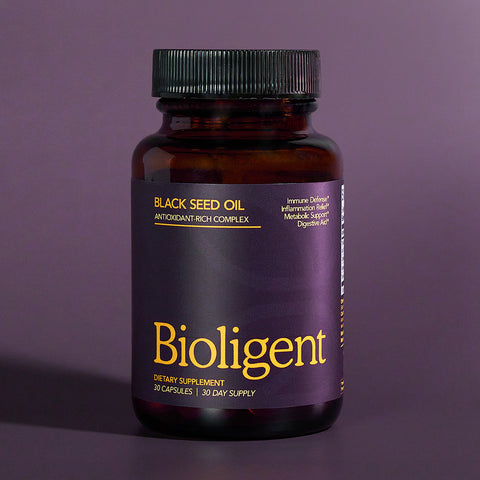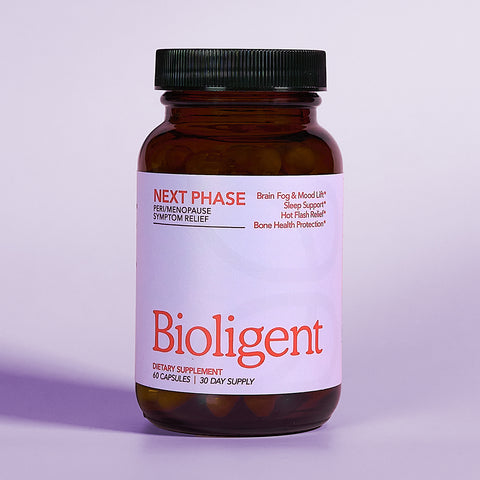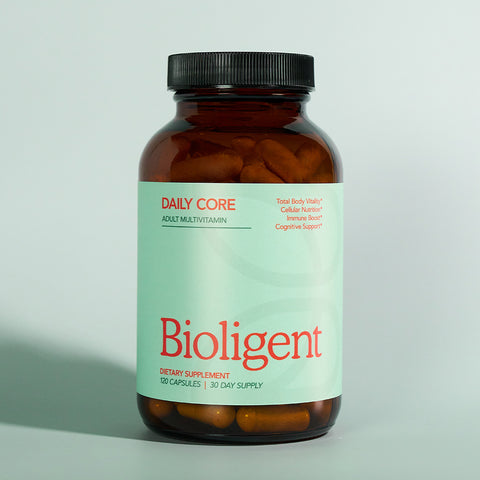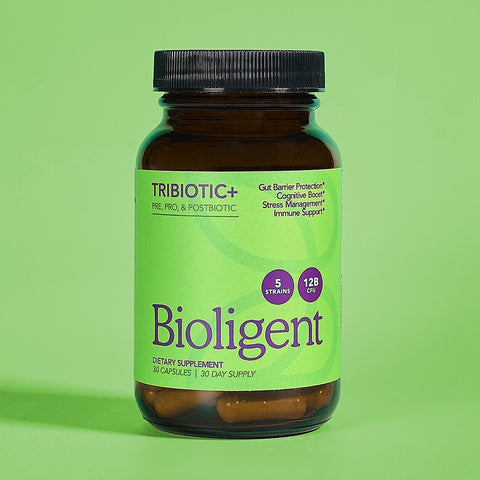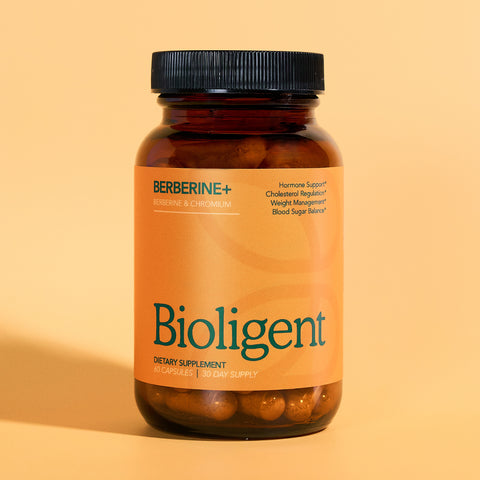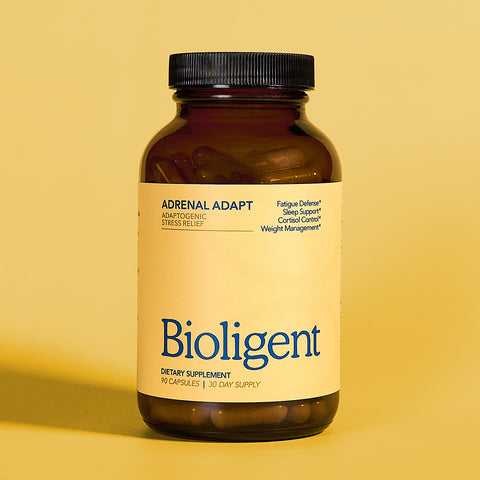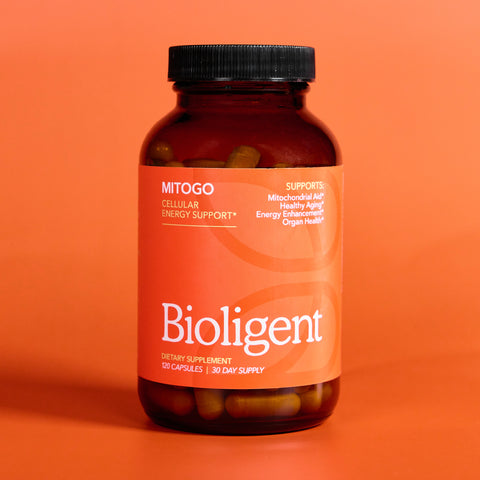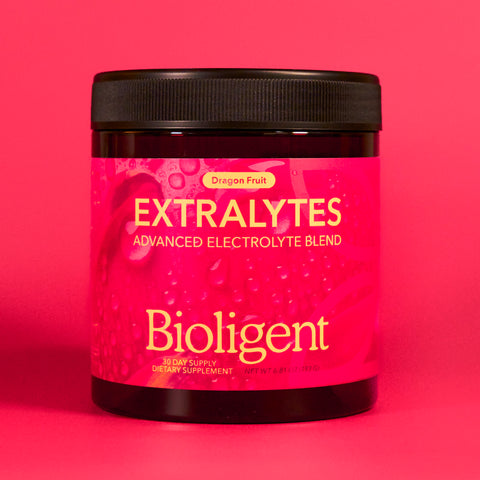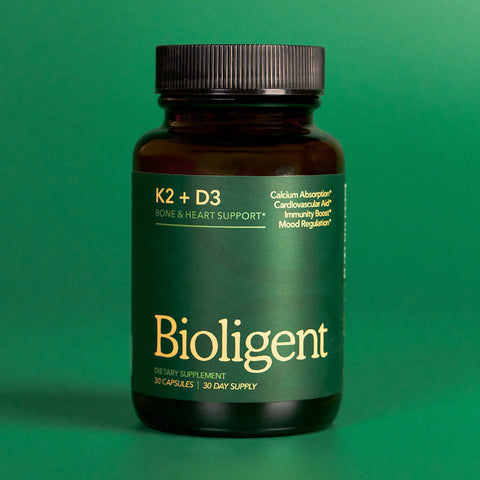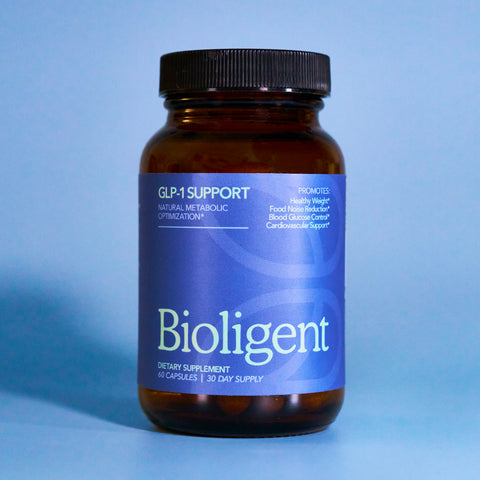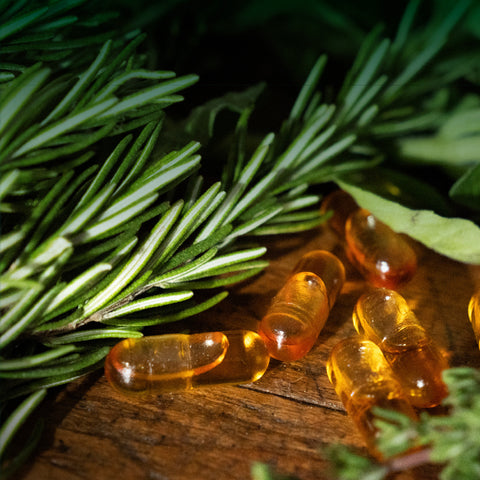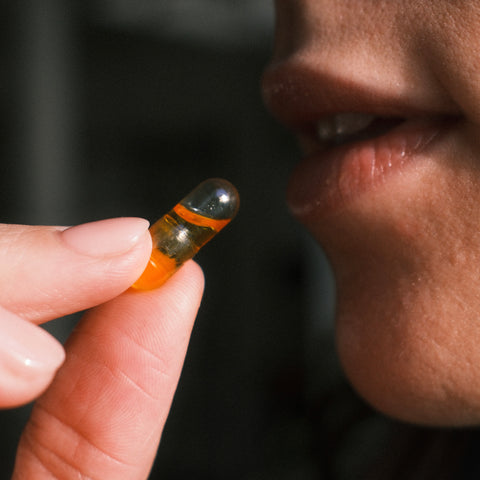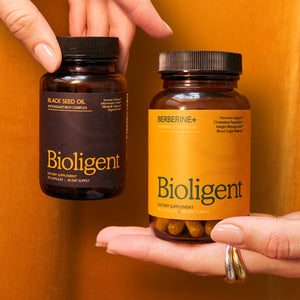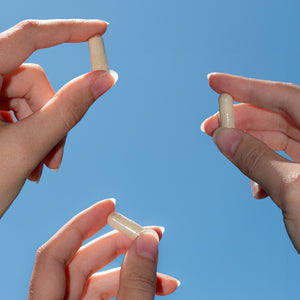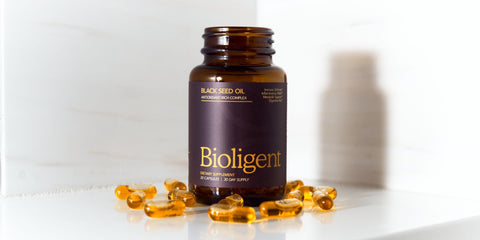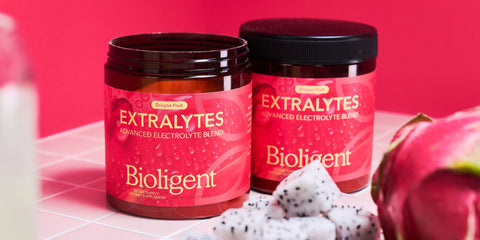You’ve probably heard the saying, “the stronger, the better.” Well, it makes sense when we’re talking about coffee, workouts, or even Wi-Fi signals. But when it comes to black seed oil, that rule doesn’t always apply.
If you’ve ever browsed the shelves or scrolled online, you’ve seen bottles marked with 3%, 5%, or even 10%. Naturally, it’s tempting to think the higher percentage must be the most effective. The truth is, that’s not always the case, and sometimes, less really is more.
In this blog, we’ll look at why a 3% black seed oil may actually give you more reliable benefits than higher percentages, what makes it effective, and how to choose the right potency for your wellness goals.

Black Seed Oil Potency Explained
The first thing to understand is what those percentages actually mean. When you see 3%, 5%, or 10% on a label, it’s referring to the concentration of thymoquinone (TQ), the active compound in black seed oil that’s responsible for its immune, gut, and metabolic benefits.
Here’s the catch: more thymoquinone doesn’t always equal better results.
Clinical studies on black seed oil consistently use standardized concentrations around 3%, and not the highest percentages available. Why? That’s because researchers discovered something surprising: above this level, you don’t necessarily get better outcomes.
Instead, you increase the risk of side effects like nausea, digestive discomfort, and even liver stress.
So if you’ve wondered what percentage of black seed oil is best, the answer isn’t “the highest possible.” It’s the one backed by science.

The Hidden Truth About High-Percentage Black Seed Oils
Supplement companies know that consumers often equate “stronger” with “better.” That’s why you see products boasting 5% or even 10% black seed oil. But here’s the hidden truth: those numbers don’t guarantee better effectiveness.
In fact, high-potency black seed oil benefits often don’t measure up in practice. Higher percentages can create harsh flavors, digestive issues, and make it harder to take daily. And if you can’t take something consistently, you won’t see the long-term results you’re hoping for.
Think of it like vitamin D. The right amount helps your body thrive, but too much can cause more harm than good. Black seed oil works the same way because balance matters.

Why 3% Black Seed Oil Works Better Than 10%
So why is 3% often more effective than 10%? It comes down to one word: absorption.
Thymoquinone on its own has poor bioavailability, meaning up to 90% of it can be destroyed in your digestive system before it even reaches your bloodstream.
That’s why brands keep pushing higher percentages. They assume that if so much is lost, adding more must be the answer. But that approach misses the real issue.
Instead of flooding your body with excess thymoquinone that mostly goes to waste, the smarter approach is to make sure the amount you do take actually gets absorbed and put to work.
Bioligent’s Black Seed Oil uses ThymoQuin®, a clinically studied extract standardized at 3%. Rather than relying on sheer quantity, it pairs thymoquinone with supportive botanicals. Oregano oil helps it survive the digestive process, thyme oil improves how efficiently the body can use it, and rosemary oil helps keep it stable once inside.
The result is a formula designed to deliver more active thymoquinone to your cells at 3% than many products claiming 10%.

3% vs 5% vs 10%: What’s the Difference?
When you break it down, the comparison is clear:
-
3% Black Seed Oil: Clinically studied, standardized, safe for long-term use, enhanced absorption.
-
5% Black Seed Oil: Stronger on paper, but not necessarily more effective. Often less tolerable and harder to stick with.
-
10% Black Seed Oil: Marketed as “ultra-potent,” but typically leads to digestive upset and wasted thymoquinone since most isn’t absorbed.
That’s why, in the debate of black seed oil 3% vs 5% vs 10%, the real winner is the one that actually reaches your cells, and that’s 3% with optimized delivery.
How to Choose the Best Black Seed Oil Percentage
The supplement industry often convinces shoppers to chase higher percentages, but effectiveness really depends on two things: standardization and absorption. The best black seed oil percentage is the one supported by research and formulated in a way your body can actually use.
Bioligent’s 3% Black Seed Oil with ThymoQuin® reflects this principle. Instead of focusing on inflated numbers, it delivers a consistent, standardized extract designed for bioavailability. That means you’re getting thymoquinone your body can absorb, not just a percentage on a label.

Make The Most of Your Black Seed Oil With Bioligent
Now we’ve seen why a higher percentage of Black Seed Oil doesn’t always mean better results. Clinical studies consistently point to 3% black seed oil as the optimal level and far more useful when paired with ingredients that support absorption.
So when it comes to finding the best black seed oil percentage, the answer isn’t 10% or even 5%. It’s the right balance of science, safety, and bioavailability. That’s where 3% stands out.
Ready to experience what a research-backed 3% formula can do for your health?
Discover how Bioligent’s Black Seed Oil makes every milligram count.
Frequently Asked Questions:
Is 10% black seed oil stronger than 3%?
Not necessarily. While 10% looks more potent on the label, thymoquinone, the active compound, has low bioavailability. A well-formulated 3% black seed oil with absorption support can actually deliver more usable thymoquinone to your cells than higher-percentage oils.
Why is absorption important for black seed oil?
Absorption determines how much thymoquinone your body can actually use. Without proper delivery, up to 90% of thymoquinone can be lost in digestion. That’s why absorption plays a bigger role in effectiveness than simply increasing percentages.
Can high-potency black seed oil cause side effects?
Yes, some people experience digestive issues, nausea, or liver stress when taking very high concentrations. A moderate 3% formula is often easier on the body while still providing powerful results.
What is thymoquinone in black seed oil?
Thymoquinone is the main bioactive compound in black seed oil, responsible for many of its health benefits. It supports the immune system, digestion, metabolism, and overall cellular health.
How do I know if my black seed oil is high quality?
To know if your Black Seed Oil supplement is high quality, look for oils that are standardized, meaning each batch has the same consistent concentration of thymoquinone. Clinical-grade formulas also avoid synthetic thymoquinone, which can vary in strength and safety.
Can I take black seed oil every day?
Yes, most people can safely take black seed oil daily when following recommended amounts. A standardized 3% oil is generally considered safe for long-term use.
What are the benefits of black seed oil supplements?
Black seed oil has been studied for its ability to support immune health, digestion, metabolism, hormonal balance, and even skin health. Its potency comes mainly from thymoquinone.
Is black seed oil better in liquid or capsule form?
Both can be effective, but Black Seed Oil capsules provide precise, standardized doses and are easier to take consistently. Liquids may vary in potency and can have a strong taste that not everyone enjoys.
How long does it take to see results with black seed oil?
Some people notice benefits within days, while for others it may take several weeks of consistent use. Results depend on your body, health goals, and the quality of the oil you’re taking.
